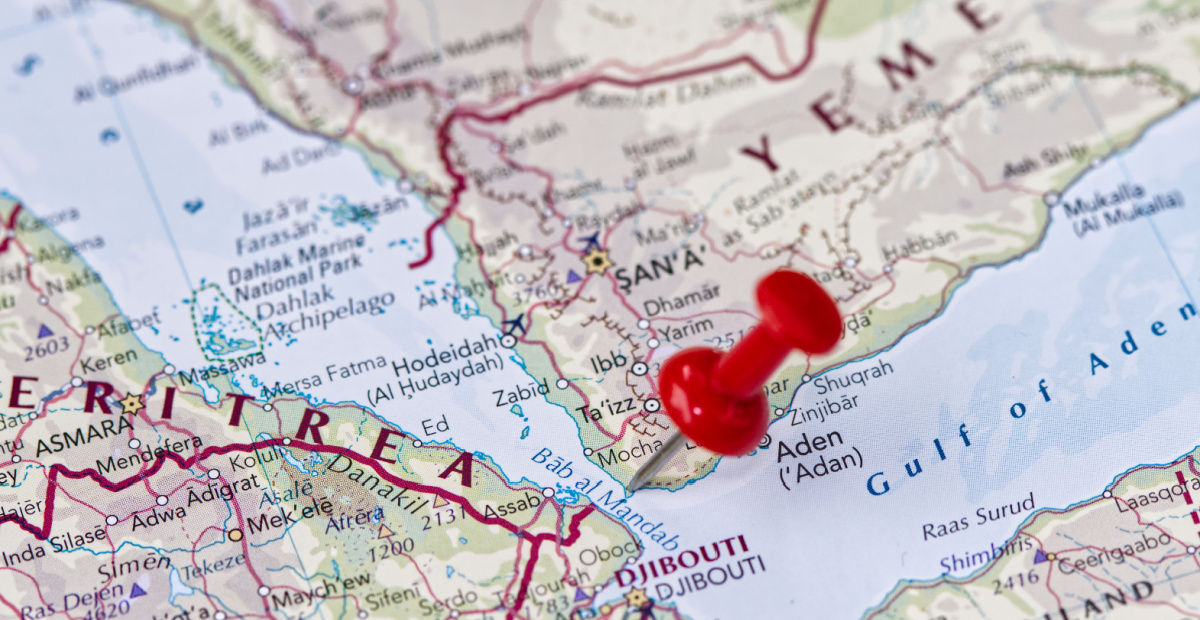‘Inflation shock’ 2.0 – Red Sea disruption sparks new global price surge fears

The disruption of global shipping triggered by the Red Sea conflict has prompted concerns from analysts that we could be in for another round of inflation spikes similar to that experienced during and after the Covid crisis. But are these concerns warranted?
While fomenting conflict in the Red Sea could spiral into a wider conflagration, tightening the chokehold on one of the world’s major shipping routes – a route that accounts for roughly one-fifth of all container shipping, and one-tenth of total global trade by volume – and thus increase supply chain pressures, analysts from Europe’s largest asset manager, Amundi, have warned that investors to be alert but not alarmed on the prospect of another inflation spike.
Increasingly, supply chain disruptions, including those resulting from the Red Sea conflict, are likely to be “temporary” and not widespread.
“The inflation impact is clearly linked to the duration of the shock and the set of goods involved,” warned Mahmood Pradhan, head of global macroeconomics at Amundi’s Investment Institute.
However, so far, while rerouting of shipping “has led to some delays… trade flows are continuing,” he said.
The Amundi analyst noted that, at this stage, the impact of any supply chain disruption is predicted to be more regional than global, with Europe bearing the brunt. A current oversupply of goods and weakening consumer demand will likely buffer global trading for some time even if supply chains are inordinately impacted by the conflict.
As well, he said, excess capacity among shipment companies may be deployed to restore shipment flows should the difficulties in the Red Sea persist.
“In the short term, companies may be willing to absorb higher costs with margins and avoid pass-through to consumer prices as demand is not particularly strong: retailers are still overstocked and goods demand is weakening as consumer demand has already shifted from goods to services,” he said.
“If the stress extends in duration there may be higher pass-through by companies but, again, we think it will be sector-related and not widespread across all goods.”
Pradhan added: “In the context of a wider disinflationary trend in goods, an increase in a limited subset may not significantly impact the expected overall inflation dynamics,” notes Pradhan.
Amundi has yet to revise its inflation or macro-outlook, he said. However, as the geopolitical situation evolves, Pradhan warned investors to look out for the duration of the stress, for any disruptions to energy goods, or whether the stress “remains limited to some specific categories”.
What to look out for
Amundi analysts have posited three potential scenarios for investors to look out for when assessing current supply chain – and therefore inflation – risks:
- Goods are traded, ports are open and trade flows continue, although it is taking longer and is more expensive;
- The shock is more regional than global, as not all regions are affected equally (the most affected trade route is Southeast Asia to Europe);
- Not all goods are affected in the same way (with more sector/industry impacts).











Govts disastrous failures. 20 years of morons in Canberra and look at the results. Housing & Fin Advice two very…
The PHD in economics is the scariest. How many academics actually understand the real world
Money is leaving at a slower rate with this being considered by AMP management as a positive. Australia's Money Pit…
"Our recently launched digital advice solution for AMP Super members is providing simple, intuitive retirement advice at no extra cost.”…
Assistant to Bill Shorten...FoFA, A time when dozens of submissions were made, 90 odd submissions ranging from clients be sent…